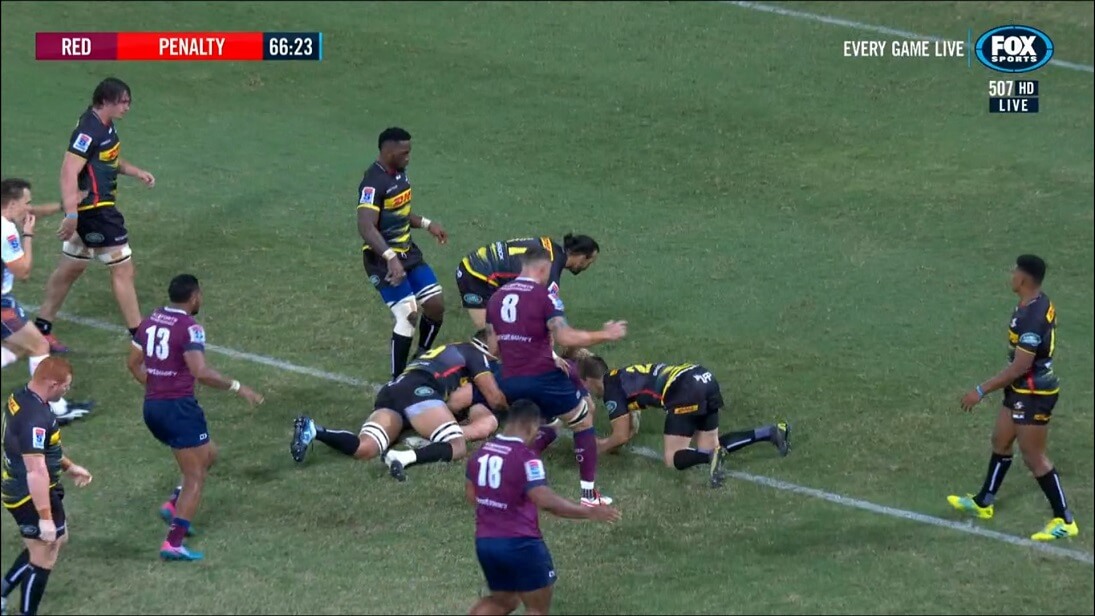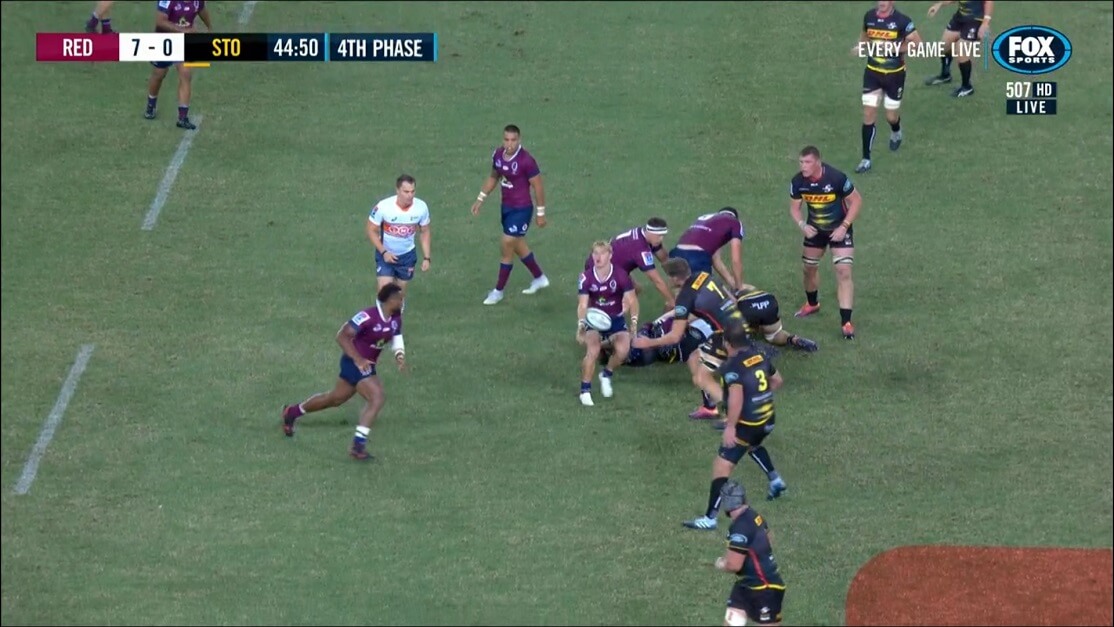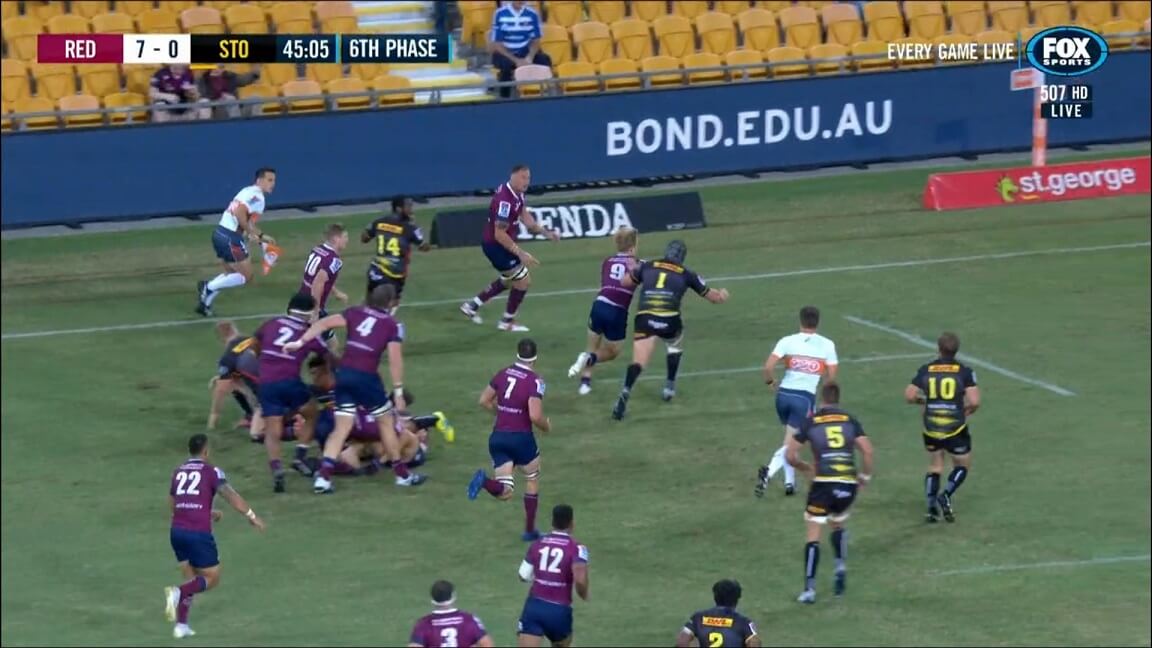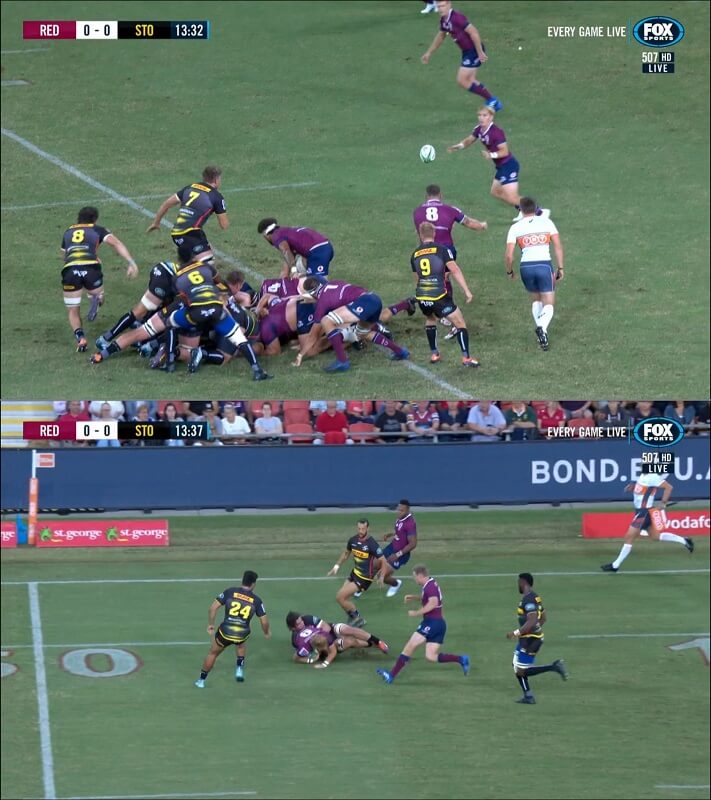Scheduled Website Maintenance
We’re currently in the process of moving to a new and improved server environment. During this transition, the website may experience brief interruptions or temporary outages.
We appreciate your patience while we complete this upgrade. Service will return to normal shortly, with improved performance and reliability.
Thank you for your understanding.
Australia has had an enviable legacy at halfback. I won’t go into detail regarding the long list of world-class players who have worn the 9 jersey, but simply the fact that we have been able to have arguably the best scrumhalf in the world playing for the Wallabies since at least 1984 (Nick Farr-Jones followed by George Gregan followed by Will Genia) says something. This could go back even further if one includes the likes of John Hipwell, Ken Catchpole, and Cyril Burke. Even the Reds in the 2018 and 2019 seasons have been presented with a selection dilemma with Ben Lucas, Moses Sorovi, James Tuttle, and Tate McDermott competing to wear the 9 jersey.
In my view there is no dilemma whatsoever. This season in particular, Sunshine Coast product McDermott has lifted his game to the point where he is not only the premier halfback at the Reds but also the premier halfback in Australia under 30. After watching Joe Powell deliver attacking ball at a snail’s pace to his Brumbies teammates against the Crusaders this weekend, it is clear that this battle – which is essentially for the Wallabies starting scrumhalf position at the 2023 World Cup – has become a two-horse race between McDermott and Jake Gordon. Nic White’s likely return to Super Rugby may complicate matters in the short term, but he will be 33 by the time the Webb Ellis Cup goes up for grabs again in France.
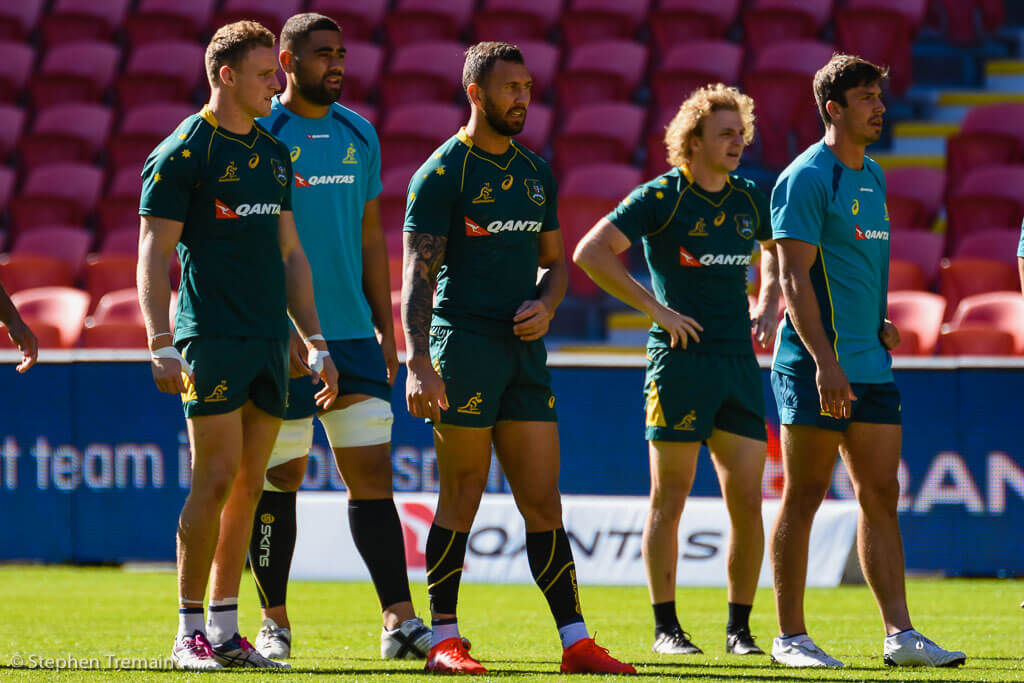
McDermott turns 21 this year, the same age that Gregan first wore the green and gold in 1994 and Genia in 2009 (Farr-Jones was 22 when he debuted against England in 1984). Despite his tender young age, McDermott has already won the Queensland Colts and Premier club competitions with the University of Queensland as well as the National Rugby Championship with Queensland Country. He has also captained the Australian under-20s side and represented the country in sevens. Australia usually only takes two scrumhalves to the World Cup so it is unlikely that McDermott will be flying to Japan, but if he keeps up his form throughout the Super Rugby season then he may very well become the top choice for injury cover.
Unfortunately, it’s difficult to quantify the effect that a good halfback has on a team. A halfback touches the ball more than any other player and covers more ground throughout the match, so it is probably fair to say that a scrumhalf can change the character of a team more than any other single player. I have previously spoken about the godliness of flyhalves, but they get far fewer touches and typically marshal mostly those wearing 11 through 15. Conversely, scrumhalves are the primary communicators of a team, directing forward traffic as well as selectively feeding the ball to both forwards and backs. While flyhalves aim to put backs into space, scrumhalves aim to put everyone into space, and they have a lot more chances to make mistakes while doing it. A good example of this occurs in the 54th minute of Saturday’s game between the Waratahs and the Blues, when Phipps managed to thread a pass between four Wallaby runners below, hitting none of them.
The best I can do here is to say that I have watched the Reds game against the Stormers twice and can’t recall any time that McDermott tossed a pass over someone’s head, or behind them. His pass is very close to the ideal bullet-pass that all scrumhalves should aspire to, hitting the runner right in front of their chest at speed – and like most halfbacks he averages almost a pass a minute. In this regard, I would say that he stands above rival Jake Gordon. Not only this, but he also manages to pass the ball straight from the base of the ruck or after genuinely challenging the line (as opposed to running sideways before tossing a hospital pass), which is sadly not always a common attribute among halfbacks. It’s astonishing that such consistency can come from such a young player.
Not only this, but like most of the players I write articles about he has an incredibly good defensive ability. While Wallabies incumbents Genia and Phipps have made only 68% (17 of 25) and 77% (17 of 22) of their tackles this year, McDermott stands above the rest with a perfect 100% tackle success rate (21 of 21 tackles).
This is despite the fact that, as a scrumhalf, he is usually the smallest player on the field. He also plays the “sweeper” role for the Reds, which is common for halfbacks. As a sweeper, his role is to run a few metres behind the defensive line to defuse short kicks and half-breaks (this positioning can be seen in the image below). McDermott is also unafraid to insert himself into the defensive line if there is a gap that needs filling.
Despite the difficulty in showcasing a halfback’s contributions to a team, there were a few times this weekend that McDermott stepped above and beyond what a run-of-the-mill ball distributor halfback would do.
Most notably, McDermott scored a great solo try from a quick tap in the 66th minute of the Stormers game (below). Despite having run probably more than 7km in over an hour of play as well as making 62 passes, McDermott was alert enough to recognise the opportunity, bold enough to take it instead of falling back on the scrum, and athletic enough to pull it off. This is his third try in 3 starts this year.
McDermott is also directly responsible for Brandon Paenga-Amosa’s 45th minute try. Modern defences are desperate to disrupt attacking ball by pressuring the halfback, and McDermott uses this to his advantage to draw the defender at the fringes of the ruck (Jacobus van Dyk wearing 7) before popping the ball for a rampaging Samu Kerevi (below).
McDermott keeps up with the play and when Hamish Stewart is brought down with the ball about 15 metres out, McDermott throws a successful dummy to elude the Stormers defender (Sergeal Peterson wearing 14) before sprinting down the sideline himself (below). He is brought down about 3 metres out by an illegally high tackle by Stormers prop Corne Fourie (wearing 1) and would otherwise likely have scored a second try. Nevertheless, Paenga-Amosa is able to shovel the ball over the line a few moments later.
This is not the only time McDermott goes on an effective run. In the 13th minute, McDermott receives the ball from a collapsed scrum and again utilises the dummy pass to make a solid 30 metres for the Reds (below).
The Paenga-Amosa try is also not the only time that McDermott puts a runner into a gap by drawing a defender at the fringes of the ruck. In the 64th minute, McDermott draws the tackle of Herschel Jantjies (wearing 21) in order to put Scott Higginbotham into space (below). A try would have been scored off the back of this play if not for the fact that the ball is accidentally passed to an opposition player 17 seconds later.
McDermott’s kicking game is promising as well. He only kicks a few times this game, but in the 43rd minute manages to put the ball into space and gain the Reds almost 50 metres (below).
Not pictured above are the times that McDermott capably cleans up a loose ball at the back of a lineout or ruck, managing to get effective passes away while falling to the ground or staying on his feet for long enough for support to arrive. McDermott also probes the line a number of times, and this tactic is supported by the Reds style of play wherein the forwards take turns to repeatedly charge at the defensive line on the same side of the ruck. This causes opposing forwards to be drawn into that space, and McDermott is often nimble enough to dart around them. Even if he is tackled, the Reds pack is close at hand to protect the ball.
The only blemish to McDermott’s performance this weekend was when he failed to anticipate a backhanded offload from Kerevi in the 55th minute, and in fairness the offload came very late.
With only 297 minutes (53% of Reds game time) under his belt this season and Jake Gordon in similar form, it is probably too soon to be pushing for McDermott to appear in gold at the World Cup. However, McDermott is showing this season that he has the potential to be the next man who could be playing scrumhalf for the Wallabies for a solid decade or more.




